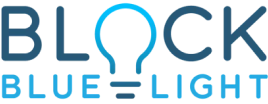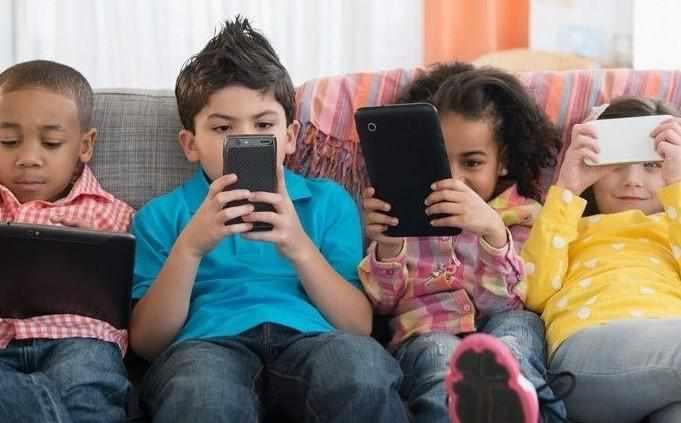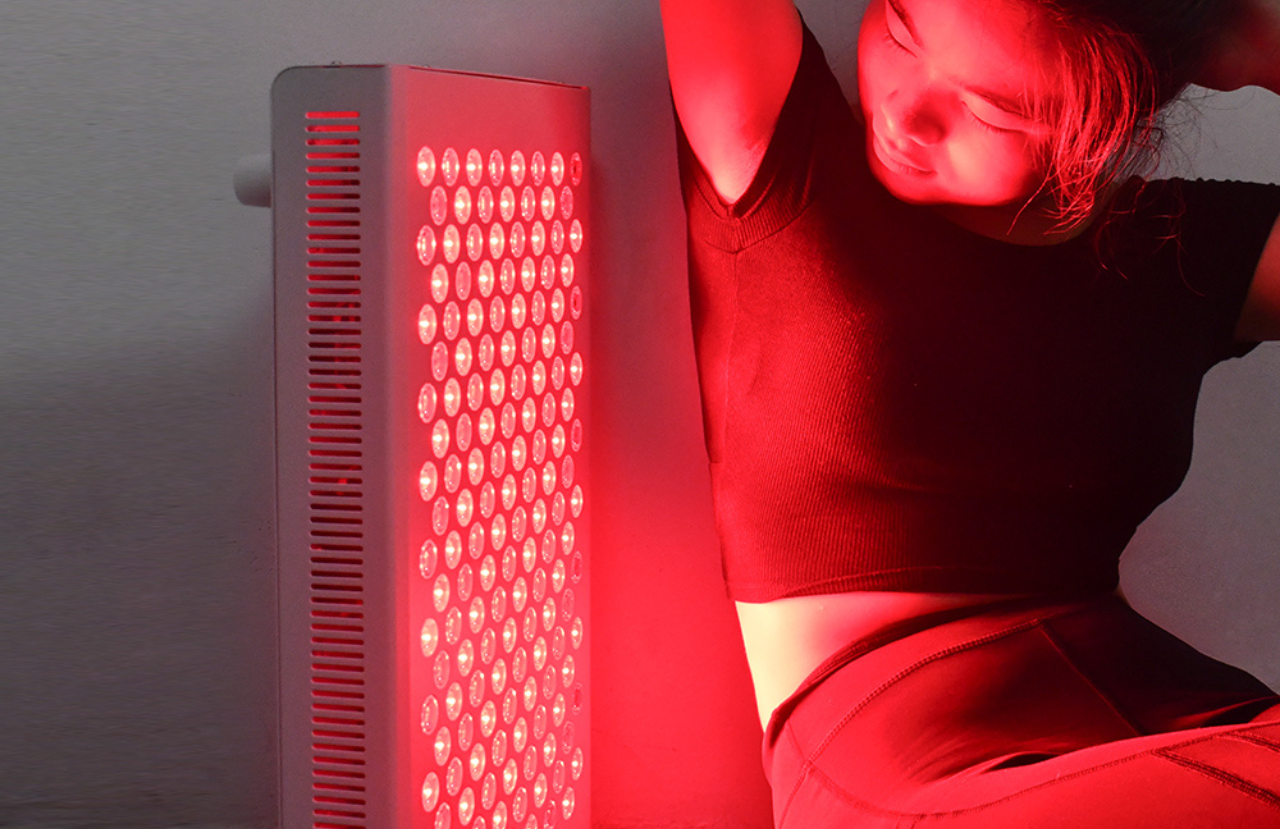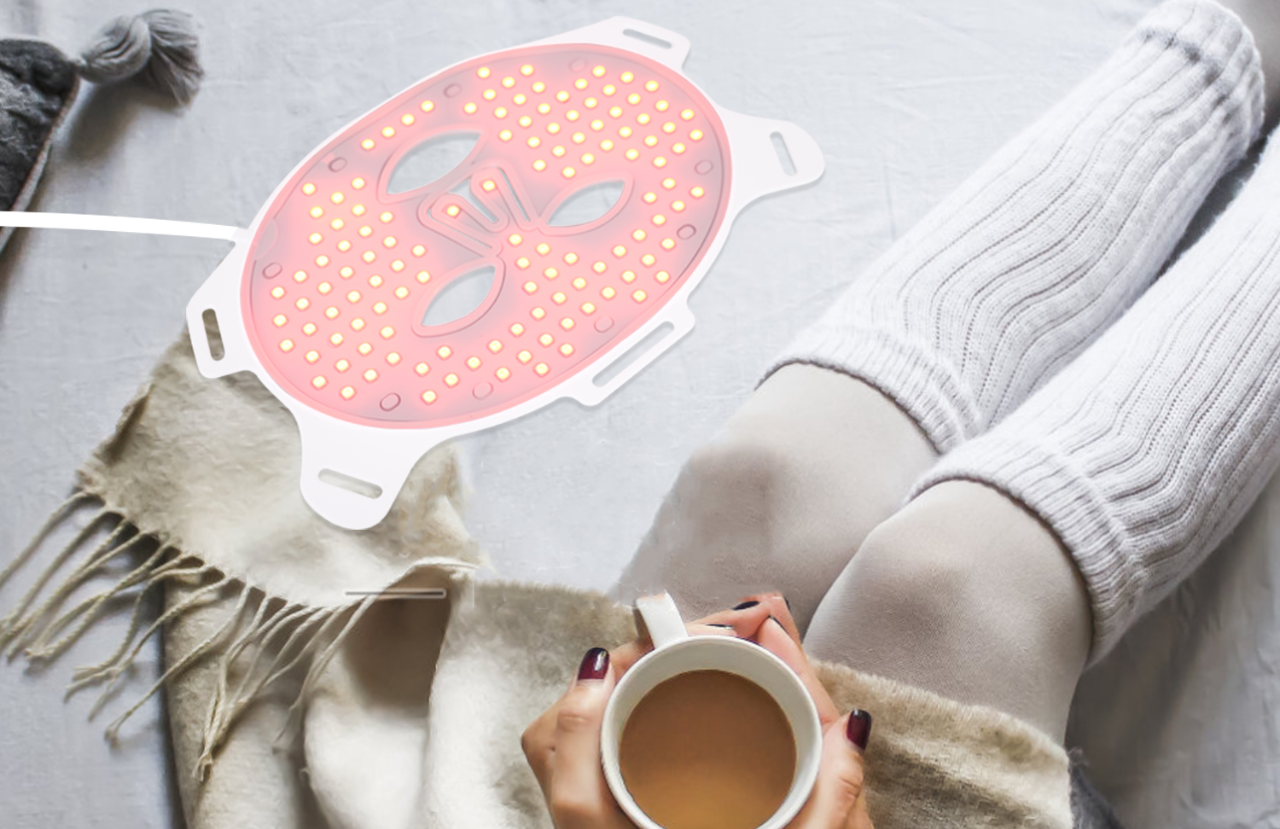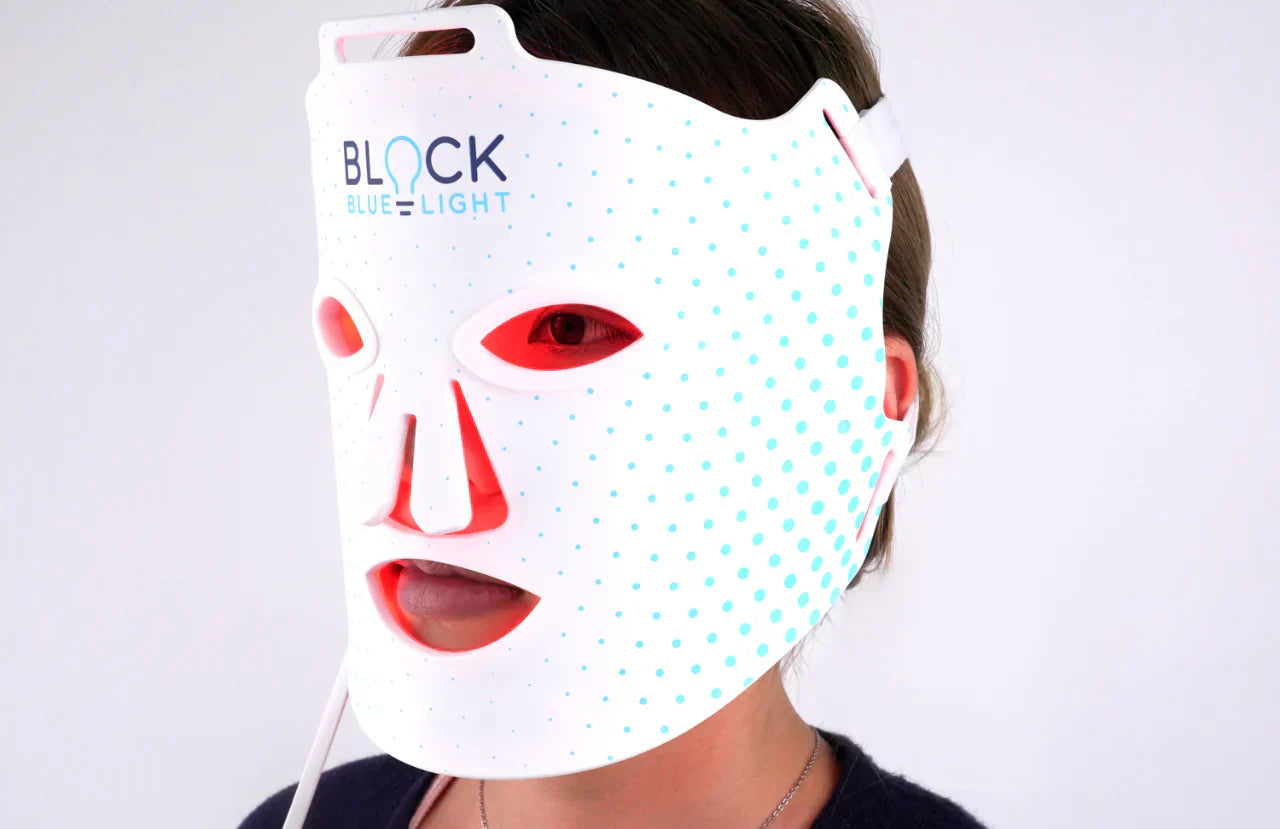According to the Sleep Foundation as difficult as it is to get kids to stop watching TV or using their electronic devices before bedtime, there’s a really compelling reason to make it happen.
Too much blue light can be a really big problem for young children and teens whose circadian rhythms are already shifting naturally, causing them to feel awake later at night.
This can result in sleep-deprived or poorly rested kids who have essentially given themselves a mini case of jet lag.
Does your child struggle with sore and tired eyes, headaches and blurry vision? If so, bright lights and screen time may be to blame.
In this article, we’re going to look at blue light and children’s eyes and answer all the burning questions associated with it.
But first, let’s take a look at the quick takeaway answer as to why we should make sure we should limit our children’s and teen’s exposure to blue light before bed.
Why should I limit my child or teen exposure to blue light? It’s important to limit your child’s or teen’s exposure to blue light to minimize any problems connected to eye health such as the retina. Excessive blue lights can also cause headaches and dry eyes. Blue light also delays the release of melatonin which interferes with sleep cycles.
In order to help us understand a little more about this topic and why blue light from screens can be harmful to younger people, let’s take a closer look at exactly what blue light is.
What is blue light?
Blue light wavelengths are everywhere and completely surround us. In fact, they’re the reason the sky appears blue.
These short blue wavelengths collide with air molecules, which causes the blue light to scatter and make us process the sky as blue.
Blue light is everywhere in our world. Historically, It used to be that the only source of blue light was from the sun.
However, now we have brought blue light inside our homes and into our children’s and teen’s lives by way of digital screens - such as computers, laptops, smartphones, tablets, gaming systems, electronic devices, and also in LED and fluorescent lighting.

“the eye’s cornea and lens are unable
to block or reflect blue light.”
The blue light from screens
The blue light that’s emitted from these screens such as electronic devices and TVs can delay the release of sleep-inducing children’s melatonin, increase alertness by over-stimulation and also can reset the body’s internal clock, sometimes known as a circadian rhythm to a much later schedule.
Blue light interferes with normal sleep patterns and can cause children and teens to feel restless and exhausted during daytime hours.
The most common type of LED used in electronic devices is a white-light LED, which actually has a peak emission in the blue wavelength range of between 400 – 490 nm. The most important information, however, is the eye’s cornea and lens are unable to block or reflect blue light.
According to Forbes, Increasing evidence suggests that blue light can be harmful to children and teens.
The reason it's so dangerous is that it can suppress the secretion of melatonin and interfere with our circadian rhythms, and recent studies have shown that extended exposure to blue light can damage the retina, though exactly how it does this has not been clear.
Exposure to blue wavelengths at night could ruin your child’s chances of getting that much-needed rest. Blue light can also impair alertness the following day and Extended use of devices has also been shown to cause symptoms of dry eyes, blurred vision, and headaches.
This might lead us to wonder whether children should use mobile phones or devices at all...
“recent studies have shown that extended exposure
to blue light can damage the retina”
Should my child be using mobile devices?
It is always a big parenting question as to whether you should allow your child to use mobile devices, given the dangers but it is really a question of personal decision.
According to recent information, it seems that age 10 is the approximate age where most children are being given phones, this compares to just one percent of children under 5.

So is there anything the manufacturers are doing to make sure my child is protected from harmful rays? Let’s check it out.
What are manufacturers doing to protect my child? Do built-in smartphone night filters work?
We’re all fairly familiar with the night time filter on Apple phones and devices, found in the control center with the crescent moon image, and we might wonder if this works in filtering out the harmful blue rays. Let’s take a look at that next.
Medical professionals have been prescribing and touting the benefit of blue-light reducing apps for several years. It just so happens that Apple finally listened to their science-driven crowd that wanted a solution to absorbing bright light well into the evening hours.
Apple's Night Shift is included in IOS versions of 9.3 and later, uses geolocation and sunset time data to reduce the amount of blue light your device emits.
According to experts, although it’s a significant step in the right direction, Apple's feature doesn't efficiently block all blue light.

What can I do to protect my child from harmful blue light
Check out these certified tips to make sure your child is getting enough restful sleep.
- According to research from Harvard Medical School, it’s useful to actively change the color of lights you are using in your child’s bedroom from bluer/ white tones to red or amber with specifically designed low blue lighting and bulbs. Red light also removes all green light which has also been shown to suppress melatonin release.
- If your child or teen is under pressure to finish their homework and working into the evening, for example, it can help to dim the brightness on the screen. Or, you can install an app such as iris that automatically warms up the colors on the screen, which changes from blues and more towards the reds and yellows as sunset sets in.
- Simply make sure you minimize wherever possible the brightness of lights in their rooms, especially blue or white light. There are nightlights on the market which unfortunately are based around blue or white light, do its best to avoid those and use 100% blue light free nightlights or Amber Book lights with all the blue light removed
- One of the most useful pieces of advice is to avoid exposing your child to tablets, devices, and televisions approximately two to three hours before bedtime to allow their bodies time to start producing more melatonin. However if they must be on a device or exposed to any artificial light after sunset wearing a pair of 100% blue light blocking glasses specifically designed to fit kids is essential.
- Make sure you encourage plenty of daylight playtime and as much exposure to natural daylight as possible. This will increase your child’s alertness and mood during the daytime and will also make it easier for her to sleep at night.
- Keep your child out of the brightest lights in the house. The further away from your child, the better. If you can’t do this, turn those lights down or off at least 30 minutes before bedtime. The amount of light that reaches your child’s eyes could have an impact on her ability to sleep early. Even better yet swap out all lights in your house with a general purpose light bulbs that a certified to be 100% blue light free
- To provide sufficient protection on iPhones we recommend installing an iPhone blue light filter which has been designed to filter 60% of the most harmful parts of blue light while still retaining a normal colour screen
- During the daytime when you child is indoors under artificial light they need to protect their eyes by wearing kids blue light filter computer glasses. These designed to filter out harmful artificial blue light emitted by digital devices, and all other artificial light sources. Make sure you get a quality set that blocks 50% blue light across the entire blue light spectrum. You can read about which are the best blue light glasses in our article " not all blue light glasses are created equal, which blue light glasses are best?"

And finally…
We hope you have found this article informative and shed some light on important issues, such as child’s melatonin, tips on how you can limit your child’s eye damage and the kinds of products available.
Don’t forget to check out our store and if you need any more information on any of the above topics, please get in touch with one of our expert team for more advice.
